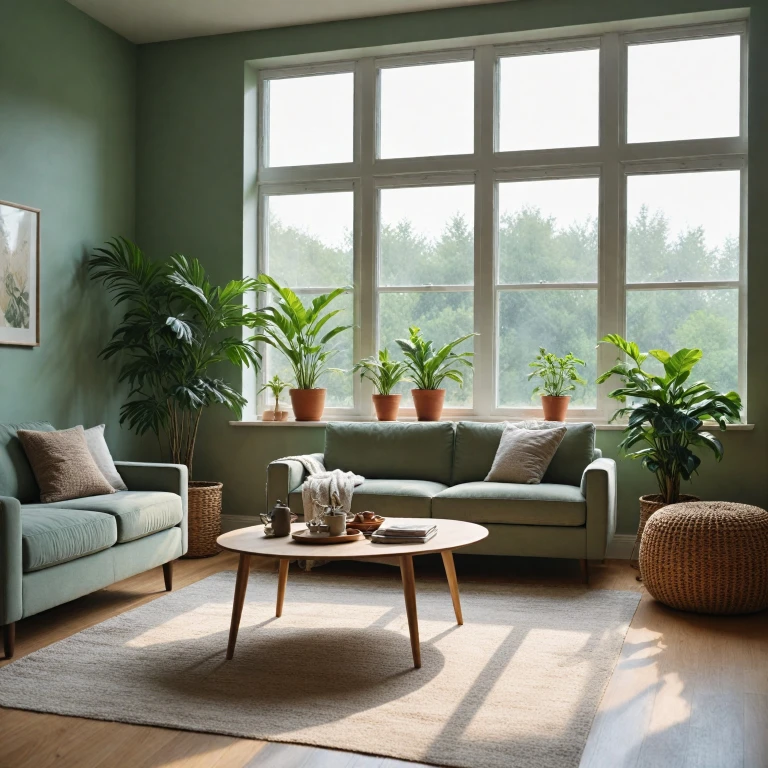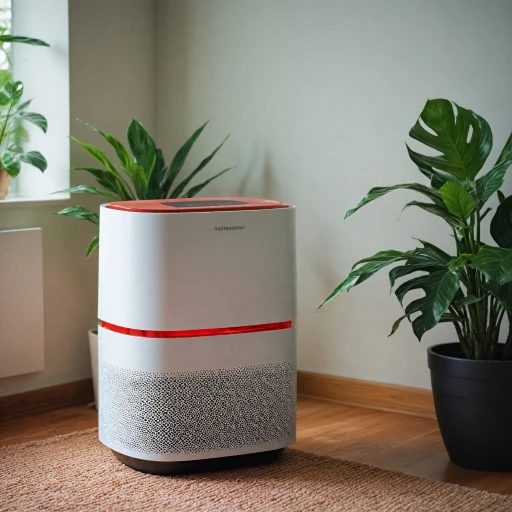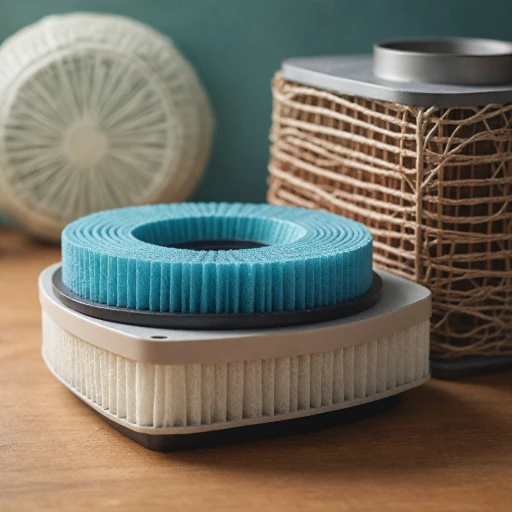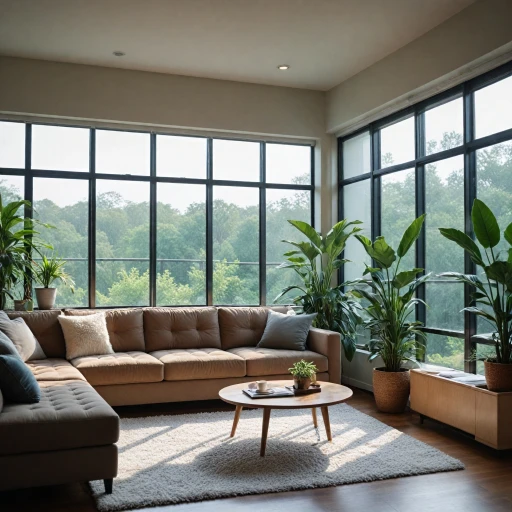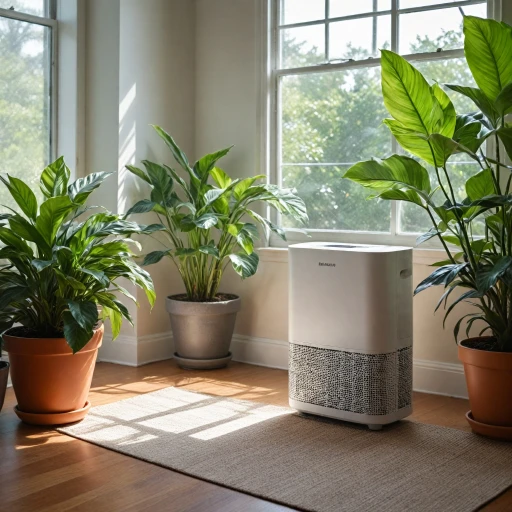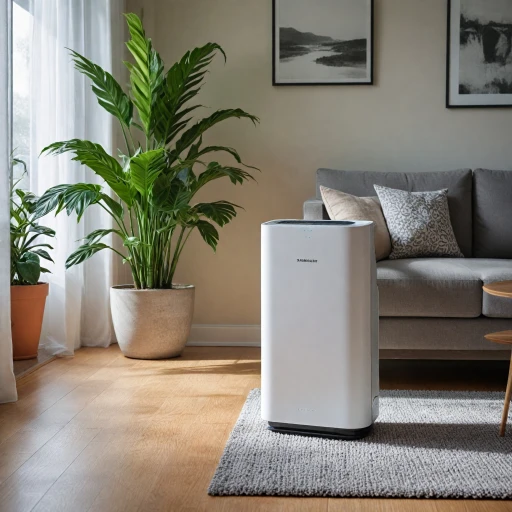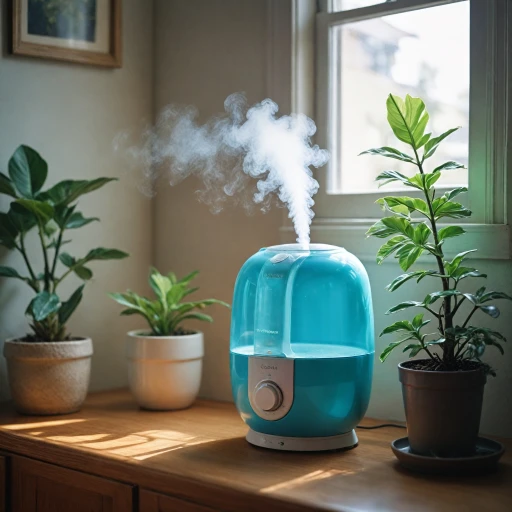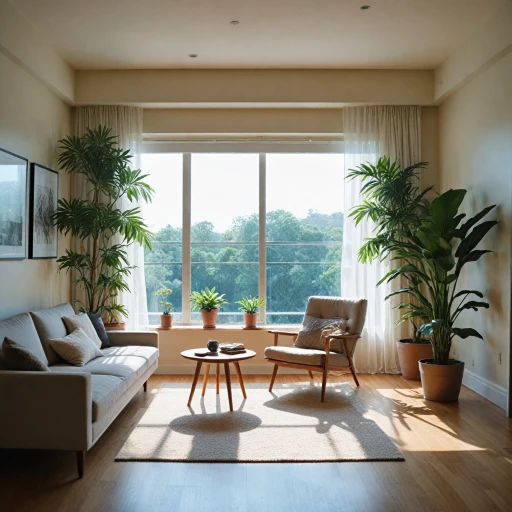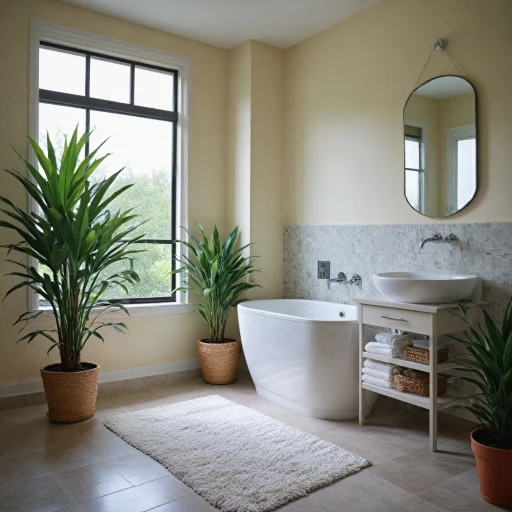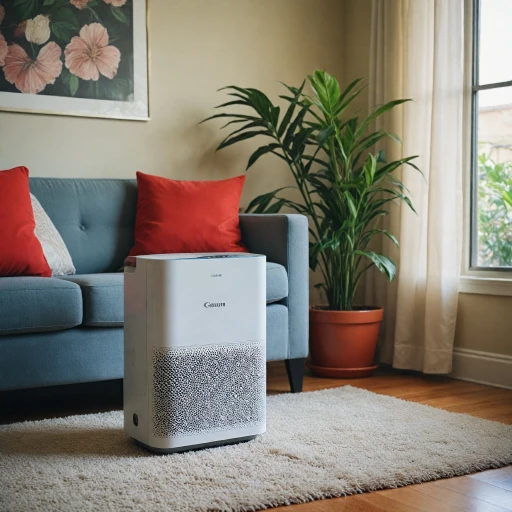
Understanding the Dual Functionality
Exploring the Versatile Combo of Air and Moisture Management
In recent years, there has been a growing interest in maximizing indoor air quality by optimizing products that perform dual functions. Among these, an air purifier and dehumidifier combo stands out for its capability to address both air purification and humidity regulation within indoor spaces. This multifunctional device seamlessly integrates the strengths of both a dehumidifier and an air purifier, offering an efficient solution for maintaining comfort and health in living spaces. Air purifiers are primarily designed to remove contaminants from the air, using filtration technologies like the HEPA filter, which excels at trapping allergens and pollutants. Meanwhile, dehumidifiers work by extracting excess moisture from the room, ideal for maintaining balanced humidity levels. A combo unit merges these functionalities, delivering the benefits of both without needing separate appliances, thereby saving space and offering cost-efficiency. The synergy of an air purifier dehumidifier can be particularly beneficial in areas prone to high humidity, as damp conditions can foster mold growth and worsen air quality. For those dealing with mold issues, a question that arises is whether a combined unit can help reduce mold in your home. Indeed, many units come equipped with advanced filtration systems that address this concern, providing both purification and moisture control. Overall, understanding the dual functionality of these combination devices is key to selecting the best air quality solution for your needs. By incorporating both air purification and moisture management, these units support a healthier indoor environment, enhancing overall well-being and comfort.Benefits of Using a Combination Unit
Advantages of Integrated Systems
- Space Efficiency: An air purifier combined with a dehumidifier, often referred to as a purifier dehumidifier, allows you to optimize room space. Instead of accommodating separate units, a combo unit addresses both air quality and moisture air concerns simultaneously.
- Cost-Effectiveness: While the price of unified systems like these might seem higher upfront, they can save funds down the line. Operating a single appliance reduces energy consumption compared to running two separate devices. Additionally, maintenance costs are generally lower for one unit.
- Improved Indoor Air Quality: Dehumidifier combos enhance indoor air by reducing humidity levels and filtering airborne particles. Utilizing a true HEPA filter, these systems capture fine particulates, thereby improving overall air purification efficiency. To learn more about how air purifiers combat volatile organic compounds, feel free to explore detailed insights on the matter.
- Convenience and Simplicity: Combo units simplify managing your home’s air conditions. With combined functionality, you can efficiently manage moisture and improve air quality without the need for multiple settings, models, and adjustments.
- Better Performance: Models like the Tenergy Sorbi or Thecosky Dehumidifier feature a robust filtration system, often incorporating pre filters and HEPA filtration to ensure optimal performance.
Whether you are assessing the combo units listed on popular platforms like Amazon or specialty sites, these benefits highlight why a combined system might be the best choice for those aiming to enhance air quality and moisture control in their living spaces.
Key Features to Look For
Essential Characteristics for Enhanced Air Quality
Choosing the right combination of dehumidifier and air purifier hinges on several crucial features that ensure optimal performance and air quality. These attributes not only determine the effectiveness but also influence long-term convenience and cost-effectiveness.
- Filtration System: The filtration system is a linchpin in any purifier-dehumidifier combo. A true HEPA filter is instrumental in capturing microscopic particles, enhancing air quality by removing allergens, dust, and pollutants. Consider a regular inspection of the HEPA filter to maintain peak efficacy.
- Humidity Control: Dehumidifier combos should effectively manage moisture levels. By removing excess humidity, the unit can help prevent mold and mildew, which are common in damp spaces. Monitoring indoor air humidity levels ensures that moisture air is kept at bay.
- Capacity and Coverage: Evaluate the device's ability to handle the size of your room or office space. The capacity of the water tank and the potential use of a drain hose are crucial for seamlessly managing moisture extraction without frequent interventions.
- Noise Level: Although often overlooked, noise level plays a role in ensuring the unit is a practical choice for everyday use, particularly in quieter environments like bedrooms or home offices.
- Ease of Operation and Maintenance: Look for models that offer user-friendly interfaces and straightforward maintenance requirements. Features like a washable pre-filter can ease the task of regular cleaning, while the option to connect to Amazon Alexa or similar smart technology can enhance user experience.
Each of these features contributes to a device that not only performs exceptionally well but also aligns with the specific air quality needs of your space, making it the best choice for a comprehensive air purification and moisture control strategy.
Addressing Common Concerns
Addressing Common Misconceptions About Combined Units
When considering a combo of a dehumidifier and an air purifier, potential buyers often have concerns about these units' performance and efficiency. Let's clear up some of the common concerns:- Performance Efficiency: One worry is that combining functions may sacrifice one for the other. However, many well-designed units maintain air quality through effective purification while simultaneously reducing humidity levels. It's crucial to look for models with a true HEPA filter, known for high filtration performance, and a dehumidifier with an effective moisture removal capacity.
- Noise Levels: Another common concern is noise. Advanced units often prioritize a lower noise level to ensure minimal disturbance. For instance, if you're investing in dehumidifiers for a quiet room environment, check the decibel ratings. Some top-performing models, like the Tenergy Sorbi, successfully balance power with quiet operation.
- Price Comparisons: Combo units might seem pricier upfront compared to standalone purifiers or dehumidifiers. However, the long-term benefits of handling air and moisture quality in one device often translate to cost savings and space efficiency.
- Maintenance Requirements: Some potential users worry about maintenance effort. The combination units generally involve similar upkeep as standalone purifiers or dehumidifiers, focusing on cleaning or replacing filters and emptying the water tank. A drain hose option can ease water disposal in dehumidifier models.
Comparing with Standalone Units
Standalone Units vs. Combination Units: A Comparative Look
When considering air quality improvement solutions, it's essential to weigh the options between standalone units and combination units. Standalone air purifiers and dehumidifiers each have their specific advantages, but a combo unit can offer a unique blend of both functionalities.
Standalone air purifiers focus solely on improving air quality. They are equipped with advanced filtration systems, often including HEPA filters, to capture airborne particles effectively. On the other hand, standalone dehumidifiers are designed to control humidity levels, reducing excess moisture in spaces, which can be particularly beneficial in preventing mold growth.
Combination units, like the Tenergy Sorbi, merge these functionalities, offering a dual approach to air purification and humidity control. This can be particularly advantageous in rooms where both air quality and moisture control are concerns. These units often feature a water tank and sometimes a drain hose for continuous operation, which can enhance their performance in maintaining optimal indoor air conditions.
While standalone units may offer superior performance in their specific tasks, combo units provide the convenience of addressing multiple air quality issues simultaneously. This can be particularly beneficial in smaller spaces where placing multiple devices is not feasible.
Price is another factor to consider. While standalone units might be less expensive individually, investing in a combo unit could be more cost-effective if you need both air purification and dehumidification. Additionally, the noise level of combination units can vary, so it's essential to consider this aspect when selecting the best option for your needs.
Ultimately, the choice between standalone and combo units depends on your specific needs and the conditions of your indoor spaces. Whether you prioritize air purification, humidity control, or a balance of both, understanding the capabilities and limitations of each option will guide you in making the best decision for your home.
Tips for Optimal Use
Maximizing the Efficiency of Your Combo Unit
To get the best performance out of your air purifier and dehumidifier combo, it’s crucial to use it effectively. Here are some tips to ensure optimal use:
- Placement Matters: Position your unit in a central location within the room to allow even distribution of air and efficient moisture removal. Avoid placing it near walls or furniture that might obstruct airflow.
- Monitor Humidity Levels: Keep an eye on the humidity levels in your space. The ideal range is typically between 30% to 50%. Adjust your dehumidifier settings accordingly to maintain these levels and improve indoor air quality.
- Regular Maintenance: Clean or replace the HEPA filter and pre-filter as recommended by the manufacturer to ensure effective air purification. Regularly empty the water tank or use a drain hose if your unit supports it to prevent overflow.
- Noise Level Considerations: If noise is a concern, especially in bedrooms or quiet spaces, opt for units with adjustable fan speeds or night modes to reduce noise levels without compromising performance.
- Check for Leaks: Ensure that the water tank is properly sealed and there are no leaks, which can affect the unit's efficiency and lead to increased humidity.
- Energy Efficiency: Look for energy-efficient models to save on electricity bills. Some units come with energy-saving modes that automatically adjust settings based on the room's air quality and humidity.
By following these tips, you can enhance the performance of your purifier dehumidifier combo, ensuring cleaner, healthier air in your home. Whether you're using a Tenergy Sorbi or another model, these practices will help maintain the quality and efficiency of your unit over time.
